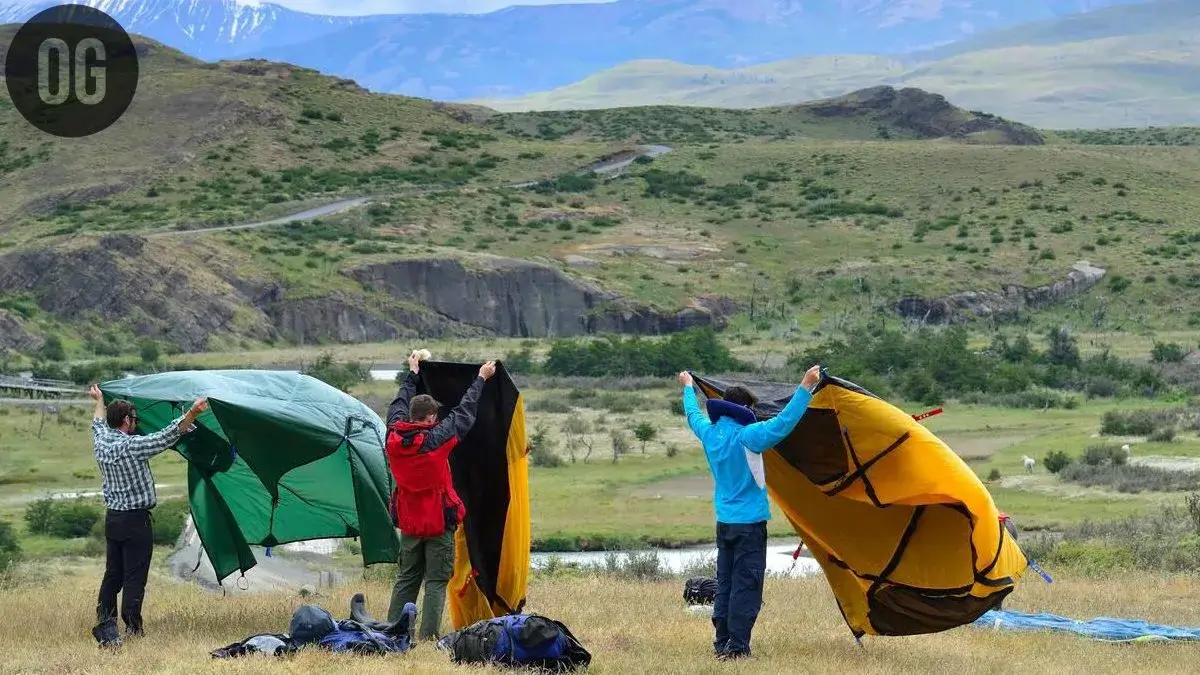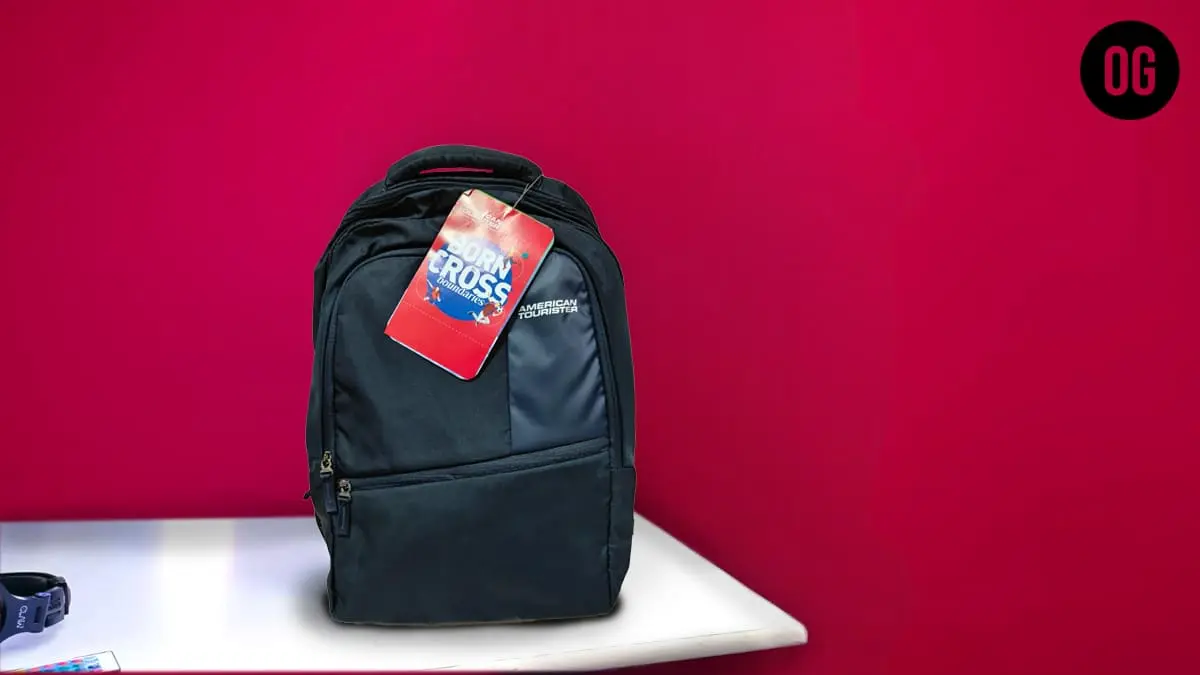Serolsar Lake Trek and Camping Adventure: A Journey to Tranquility
Nestled amidst the majestic landscapes, Serolsar Lake stands as a hidden gem, captivating trekkers with its serene beauty. Surrounded by pristine wilderness, this alpine lake offers a tranquil escape.
Table of Contents
In this blog post, we delve into the enchanting world of the Serolsar Lake trek, beckoning adventurers to explore its natural wonders.
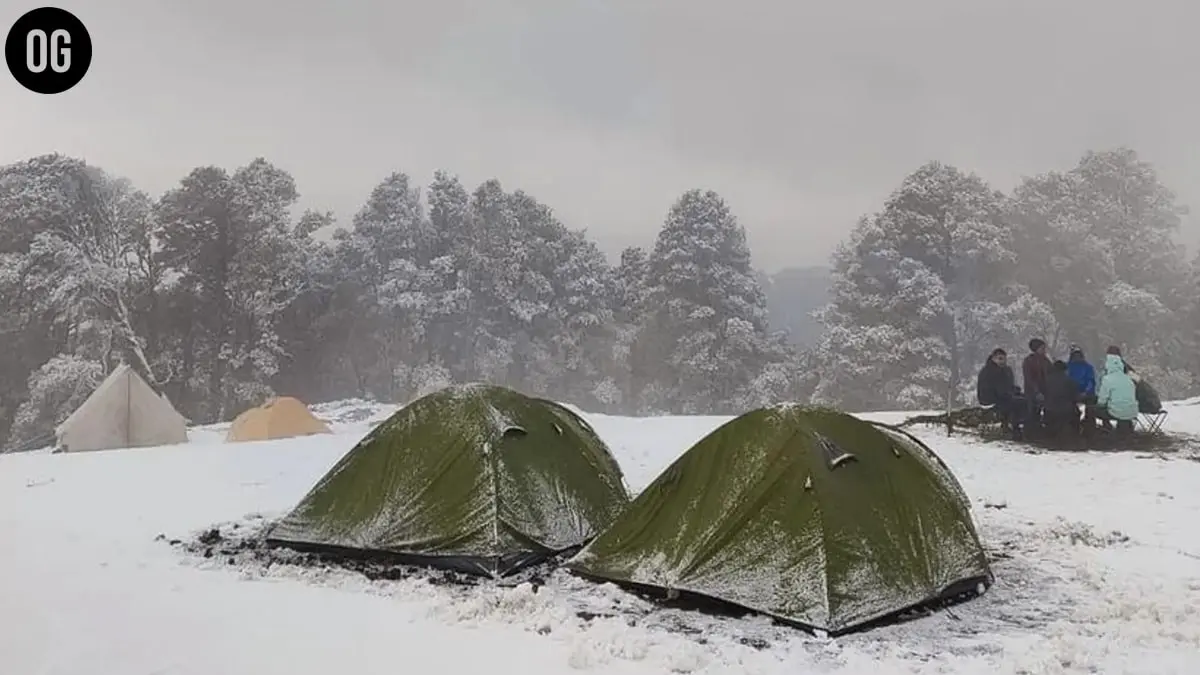
Location and Geography
Introduction to the Serolsar Lake Region
- Situated in the heart of the Himalayas
- Located in the Kullu district of Himachal Pradesh, India
Geographical Features and Terrain
- Surrounded by dense forests and towering mountain peaks
- Alpine landscape with lush meadows and rocky pathways
- The lake is nestled at an elevation of [insert elevation] meters above sea level
Climate and Best Times for Trekking
- Alpine climate with cold winters and cool summers
- Best time for trekking: Late spring to early autumn (May to October)
- Avoid trekking during the winter months due to heavy snowfall and challenging conditions
Best Time To Visit
The ideal time to embark on the Serolsar Lake Trek is during the summer and autumn months, spanning from late April to early November. Here’s a breakdown of the seasons and what they offer:
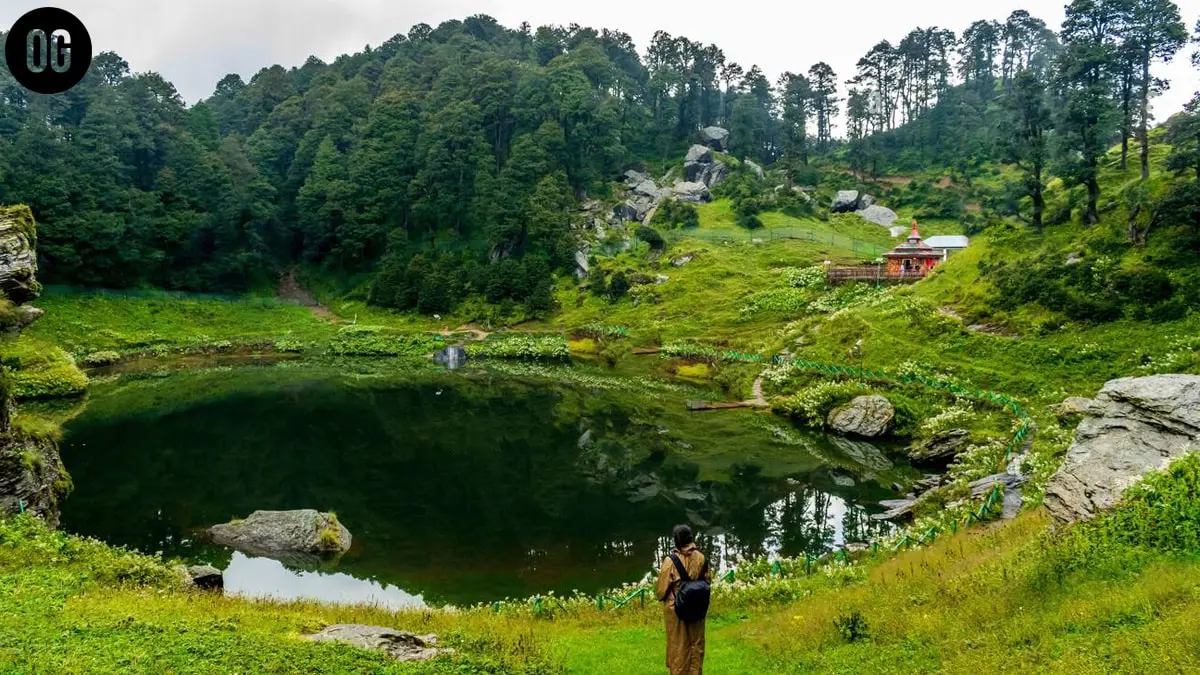
Related: Kareri Lake Tent Camping: An Unforgettable Himalayan Camping Adventure
Late April to June (Spring and Early Summer):
- During late April and May, the region experiences the onset of spring, and the landscape is adorned with vibrant flowers and blossoms.
- The weather is generally pleasant, with daytime temperatures ranging from 15 to 25 degrees Celsius, making it an excellent time for trekking and camping.
July to September (Monsoon Season):
- The monsoon season, from July to September, brings heavy rainfall to the region. Trekking during this period can be challenging due to slippery trails and the risk of landslides.
- It’s advisable to avoid planning the trek during the monsoon season as the trails may be unsafe, and the constant rain can hinder visibility.
October to November (Autumn):
- The post-monsoon period, from October to early November, marks the autumn season. During this time, the weather begins to clear, offering stunning views of the surrounding mountains.
- The temperatures are still comfortable, ranging from 10 to 20 degrees Celsius during the day. The clear skies and pleasant weather make it an excellent time for trekking and camping.

Related: 7 Safe and Serene Camping Spots Around Haridwar/Dehradun, Uttarakhand
Planning Your Serolsar Lake Adventure
Necessary Permits and Permissions
- Check local regulations: Research and obtain required permits for trekking in the Serolsar Lake region.
- Permitting authorities: Identify the relevant governmental or local agencies responsible for issuing permits.
- Documentation: Ensure all necessary identification and documentation are in order before embarking on the trek.
Choosing the Right Trekking Agency or Going Solo
- Evaluate trek difficulty: Assess personal trekking experience and skills to determine if going solo is feasible or if assistance from an agency is advisable.
- Research trekking agencies: Read reviews, check ratings, and gather recommendations to choose a reputable agency.
- Benefits of an agency: Consider the convenience and safety advantages of hiring a trekking agency, including experienced guides and group support.
- Solo considerations: If opting for a solo adventure, equip yourself with the necessary skills, navigation tools, and emergency provisions.
Gear and Equipment Checklist for Serolsar Lake Trek
Clothing:
- Lightweight, moisture-wicking base layers
- Insulating layers for colder temperatures
- Waterproof and windproof jacket
- Quick-drying pants and shorts
- Sturdy hiking boots with ankle support
- Warm hat and gloves
Backpack and Essentials:
- Comfortable and adjustable backpack
- Sleeping bag suitable for the expected temperatures
- Portable camping stove and cookware
- Multi-tool or knife
- Headlamp or flashlight with extra batteries
- Trekking poles for stability
Related: Best Backpacks For Trekking And Camping
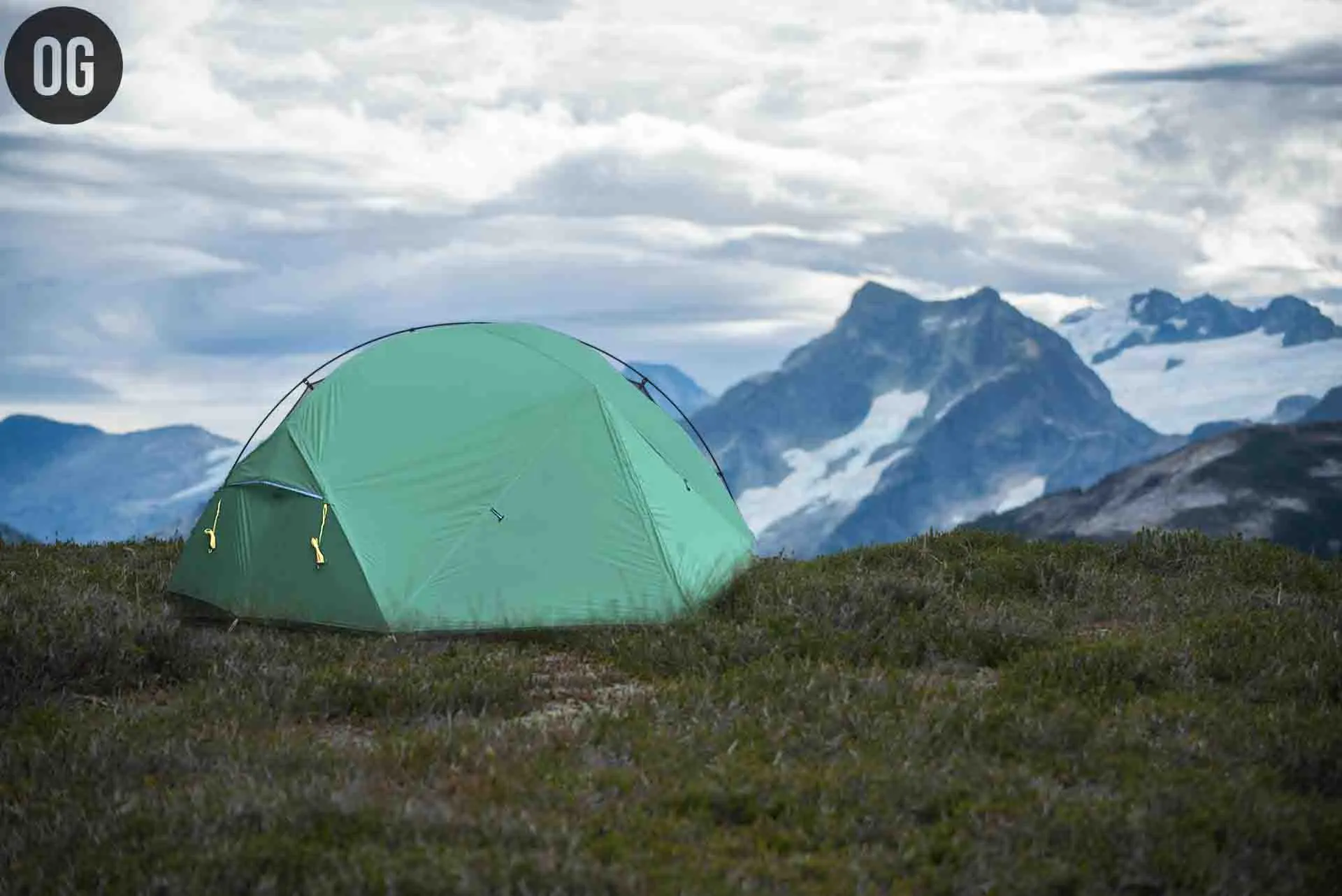
Shelter:
- Lightweight and weather-resistant tent
- Ground tarp or footprint for the tent
- Compact and warm sleeping pad
Related: 7 Best Tents For Camping And Backpacking
Food and Hydration:
- High-energy, non-perishable snacks
- Dehydrated or lightweight meals
- Water purification tablets or filters
- Reusable water bottles or hydration system
Navigation and Communication:
- Detailed map of the trekking route
- Compass and GPS device
- Fully charged mobile phone with emergency numbers
- Portable power bank
First Aid Kit:
- Basic first aid supplies (bandages, antiseptic wipes, pain relievers)
- Prescription medications
- Personal medical information and emergency contacts
Clothing Accessories:
- Sunglasses with UV protection
- Sunscreen with high SPF
- Lip balm with sunblock
- Quick-dry towel
Miscellaneous:
- Lightweight and compact camera
- Trekking permits and identification documents
- Cash in small denominations
- Trash bags for Leave No Trace principles
Related: The Ultimate Guide to Bhimtal Camping
Getting There
Access Points to the Serolsar Lake Trek
Starting Points:
- Identify primary trek starting points, such as Jalori Pass or Shoja village.
- Explore alternate routes based on trekking preferences and experience levels.
Transportation Options
By Road:
- Assess road connectivity to the nearest base village (e.g., Shoja).
- Public buses or private cabs from major nearby towns like Kullu or Mandi may be available.
By Air:
- Nearest airports: Bhuntar Airport (Kullu) or Chandigarh International Airport.
- Arrange ground transportation from the airport to the trek starting point.
By Rail:
- The nearest railway station is likely to be in Joginder Nagar or Chandigarh.
- Consider a train and road travel combination to reach the trek starting point.
Nearby Attractions and Points of Interest
Jalori Pass:
- Explore the scenic beauty and cultural significance of Jalori Pass before starting the trek.
- Capture panoramic views of the Himalayas from this vantage point.
Shoja Village:
- Immerse yourself in the local culture and traditions of Shoja village.
- Consider a pre-trek stay to acclimatize and experience the local way of life.
Raghupur Fort:
- Visit the historical Raghupur Fort for a glimpse into the region’s past.
- Enjoy breathtaking views of the surrounding landscape.
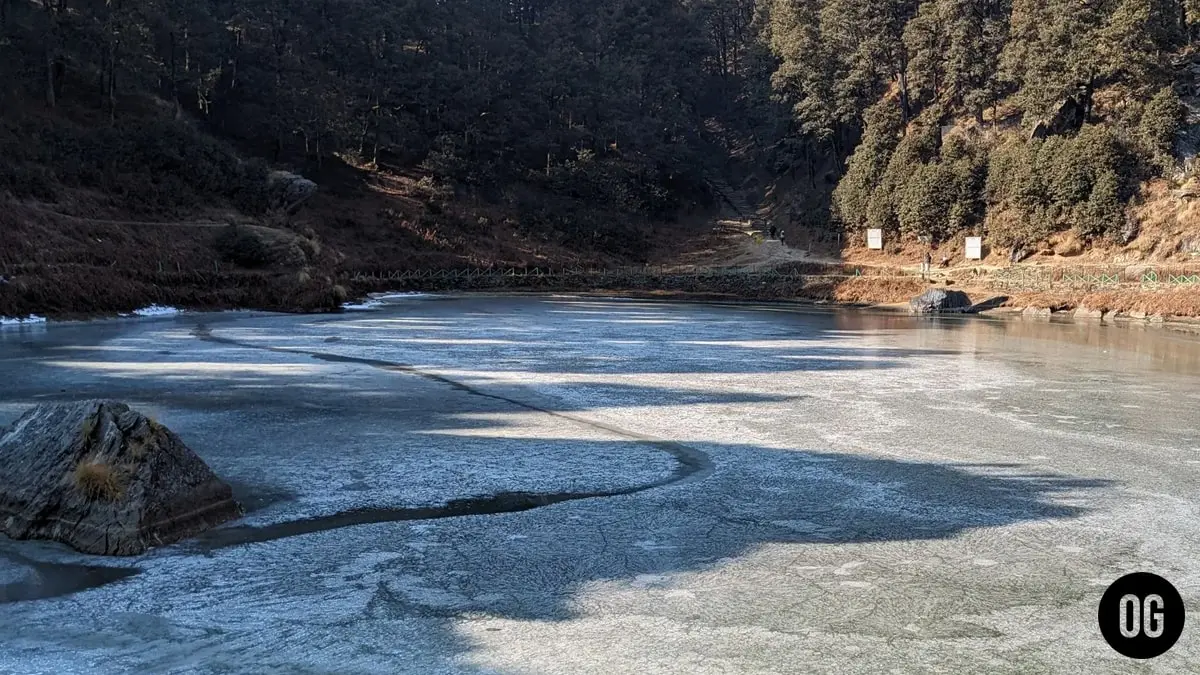
Related: Chopta Valley Camping
Serolsar Lake:
- Understand the ecological importance and cultural significance of Serolsar Lake.
- Take in the serene beauty of the lake and its surroundings.
Jibhi and Tirthan Valley:
- Extend your journey to explore nearby gems like Jibhi and Tirthan Valley for additional natural wonders.
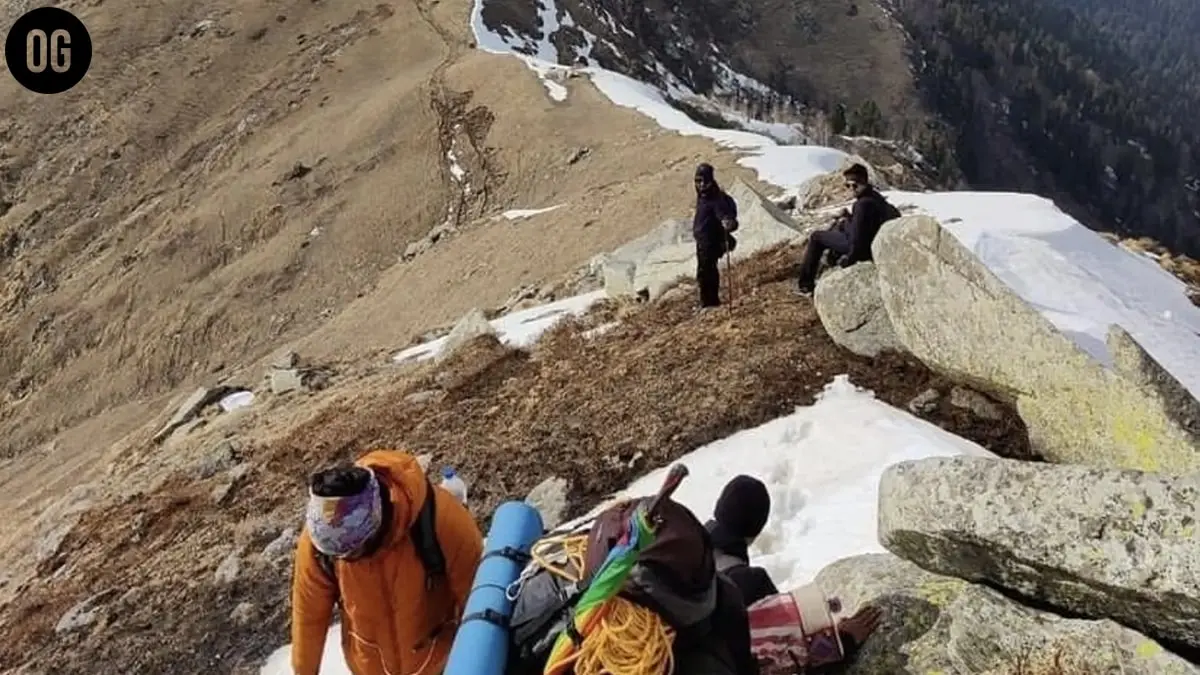
The Trekking Route
A. Detailed Day-Wise Itinerary
Day 1: Arrival and Acclimatization
- Reach the base village (e.g., Shoja or Jalori Pass).
- Settle in, acclimatize, and explore the surroundings.
Day 2: Shoja/Jalori Pass to Serolsar Lake
- Begin the trek with a gradual ascent through dense forests.
- Reach the pristine Serolsar Lake, set up camp, and enjoy the breathtaking surroundings.
Day 3: Exploration and Relaxation at Serolsar Lake
- Spend a day exploring the area around Serolsar Lake.
- Engage in photography, and fishing, or simply relax amidst the tranquility.
Day 4: Return Journey
- Descend back to the base village, savoring the memories of the trek.
- Optionally explore nearby attractions or head back to the departure point.
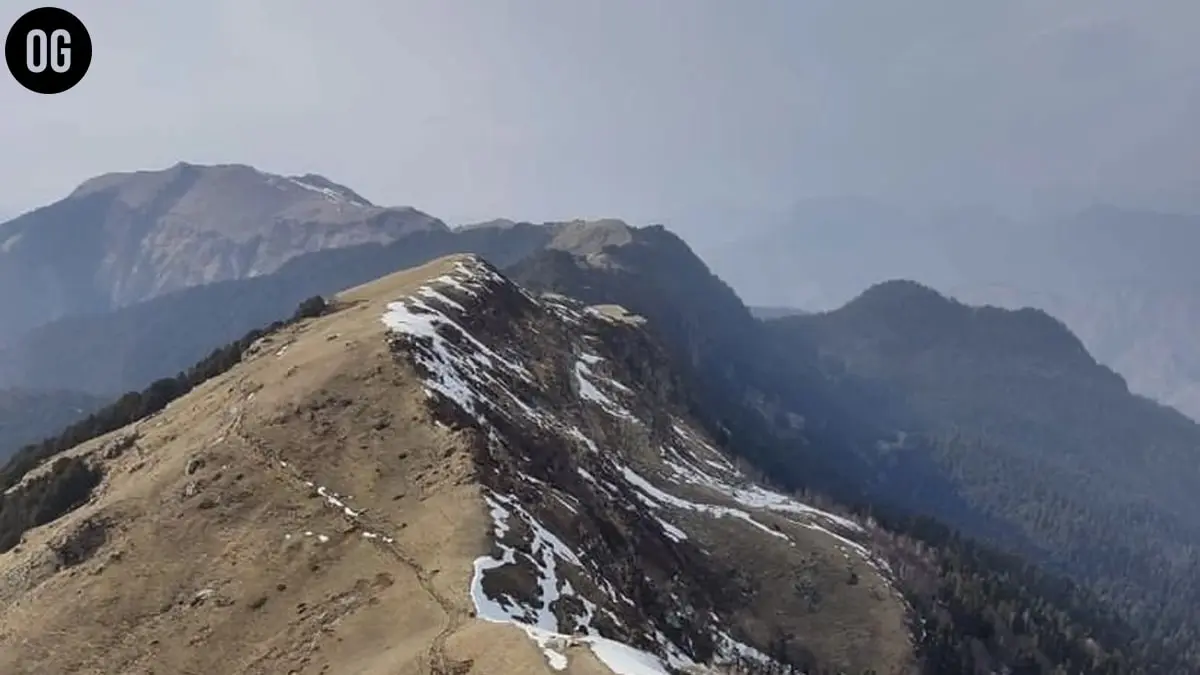
Related: An In-depth Guide to Hanuwantiya Island Camping
B. Trail Difficulty and Challenges
Moderate to Challenging Terrain:
- The trek involves both gradual ascents and descents, testing trekker endurance.
- Trekking poles are recommended for stability on uneven terrain.
Altitude Considerations:
- Serolsar Lake is situated at a considerable elevation, necessitating acclimatization.
- Watch for symptoms of altitude sickness and take appropriate breaks.
Weather Variability:
- Be prepared for sudden weather changes, including rain and cold temperatures.
- Check the weather forecast before embarking and pack accordingly.
Limited Facilities:
- The trek involves remote areas with limited facilities, emphasizing the need for self-sufficiency.
- Carry sufficient supplies and be mindful of Leave No Trace principles.
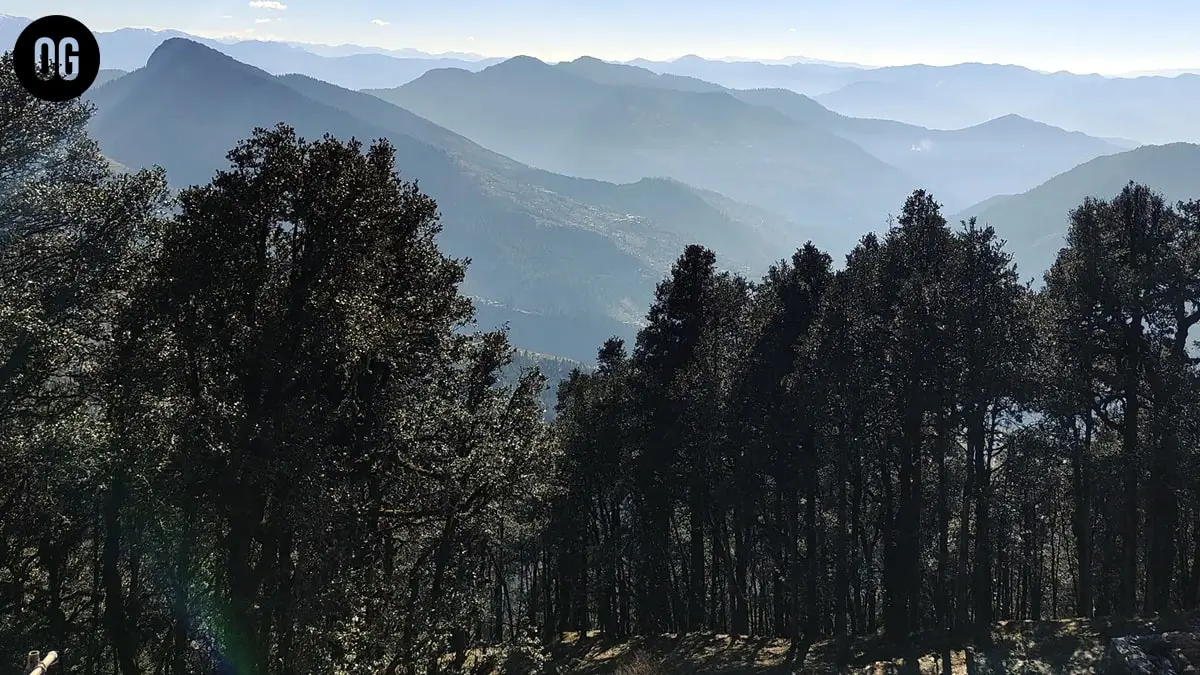
Related: Tirthan River Valley Camping Adventure
C. Highlighted Landmarks Along the Way
Banjar Valley Views:
- Enjoy panoramic views of the Banjar Valley during the initial ascent.
Spectacular Flora and Fauna:
- Encounter diverse flora, including alpine flowers and coniferous trees.
- Look for local fauna, such as Himalayan birds and possibly wildlife.
Serolsar Lake and Its Environs:
- Serolsar Lake, surrounded by lush greenery and mountain peaks, serves as the trek’s focal point.
- Explore the lake’s periphery and nearby meadows for scenic beauty.
Cultural Encounters:
- Interact with locals in villages like Shoja, gaining insights into their customs.
- Visit ancient temples or structures along the trail, reflecting the region’s rich cultural heritage.
Important Tip
Quality Tent:
Invest in a lightweight, weather-resistant tent suitable for the conditions.
Ensure proper setup to withstand potential weather changes.
Sleeping Bag and Pad:
Carry a sleeping bag suitable for the expected temperatures.
Use a comfortable sleeping pad to insulate from the cold ground.
Cooking Equipment:
Portable camping stove and cookware for preparing meals.
Follow safety guidelines for cooking in the outdoors.
Warm Clothing:
Pack insulated layers, including a warm jacket and hat, for chilly nights.
Dress in layers to adjust to changing temperatures.
Headlamp or Flashlight:
Essential for navigating in the dark, especially during early morning or late-night activities.
Bring extra batteries to avoid any lighting issues.
Leave No Trace Practices:
Minimize waste by packing out all trash and adhering to Leave No Trace principles.
Respect the natural environment and follow established camping etiquette.
Water Purification:
Carry water purification tablets or filters to ensure safe drinking water.
Avoid contaminating natural water sources.
Campfire Considerations:
Check local regulations regarding campfires and use a designated fire ring if allowed.
Keep the fire small, and fully extinguish it before leaving.
Emergency Preparedness:
Have a basic first aid kit readily available.
Share your itinerary with someone and carry a communication device for emergencies.
Flora and Fauna at Serolsar Lake
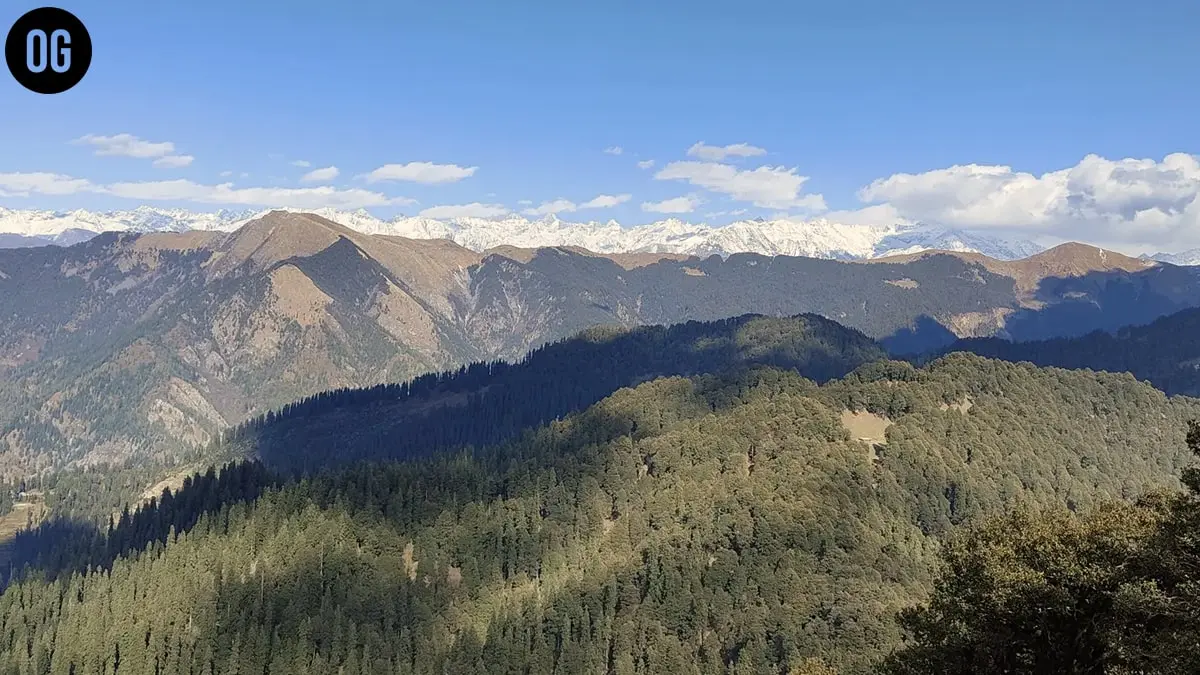
A. Overview of Diverse Ecosystems:
- Serolsar Lake is nestled within diverse ecosystems, showcasing alpine landscapes, dense forests, and meadows.
- Explore the transition from coniferous forests to lush greenery, creating a rich and varied environment.
B. Wildlife Encounters:
- Encounter a variety of Himalayan wildlife, including colorful bird species like the Himalayan Monal.
- Keep an eye out for elusive mammals such as the Himalayan Tahr and Red Fox in their natural habitats.
- Serolsar Lake’s surroundings offer a glimpse into the unique biodiversity thriving in the region.
Cultural Insights at Serolsar Lake
A. Local Communities and Their Traditions:
- Serolsar Lake trek provides an opportunity to engage with indigenous communities, like those in Shoja village.
- Learn about their customs, traditional practices, and the region’s cultural richness.
B. Significance in Local Folklore:
- Serolsar Lake holds cultural significance in local folklore, often featured in tales and myths.
- Discover the stories and legends that contribute to the lake’s revered status in the community.
C. Interactions with Indigenous People:
- Embrace the chance to interact with the indigenous population along the trek.
- Gain insights into their way of life, sharing experiences that foster cultural understanding and appreciation.
Challenges and Precautions at Serolsar Lake
A. Altitude Sickness and Acclimatization:
- Be vigilant for symptoms of altitude sickness due to the higher elevations.
- Prioritize acclimatization with gradual ascents, staying hydrated, and recognizing signs of discomfort.
B. Weather-Related Challenges:
- Prepare for abrupt weather changes, including rain and cold temperatures.
- Stay informed about the weather forecast and equip accordingly for a diverse range of conditions.
C. Safety Measures and Emergency Protocols:
- Follow safety guidelines and trek with a well-equipped first aid kit.
- Familiarize yourself with emergency procedures, communication devices, and the location of nearby help points.
Recommended Resources for Serolsar Lake Trek
A. Useful Websites and Apps:
- Explore trekking websites like Trek The Himalayas for route details and updates.
- Utilize navigation apps such as Maps.me for offline maps and GPS assistance.
B. Books and Documentaries:
- Read “Himalaya” by Michael Palin for insights into the region’s culture.
- Watch documentaries like “Himalaya with Michael Palin” for visual storytelling about the Himalayan landscapes.
C. Forums and Communities:
- Engage with the trekking community on platforms like IndiaHikes‘ forum for real-time insights.
- Join online communities like Trek Earth to connect with fellow enthusiasts, and share tips and experiences.



